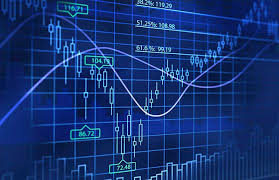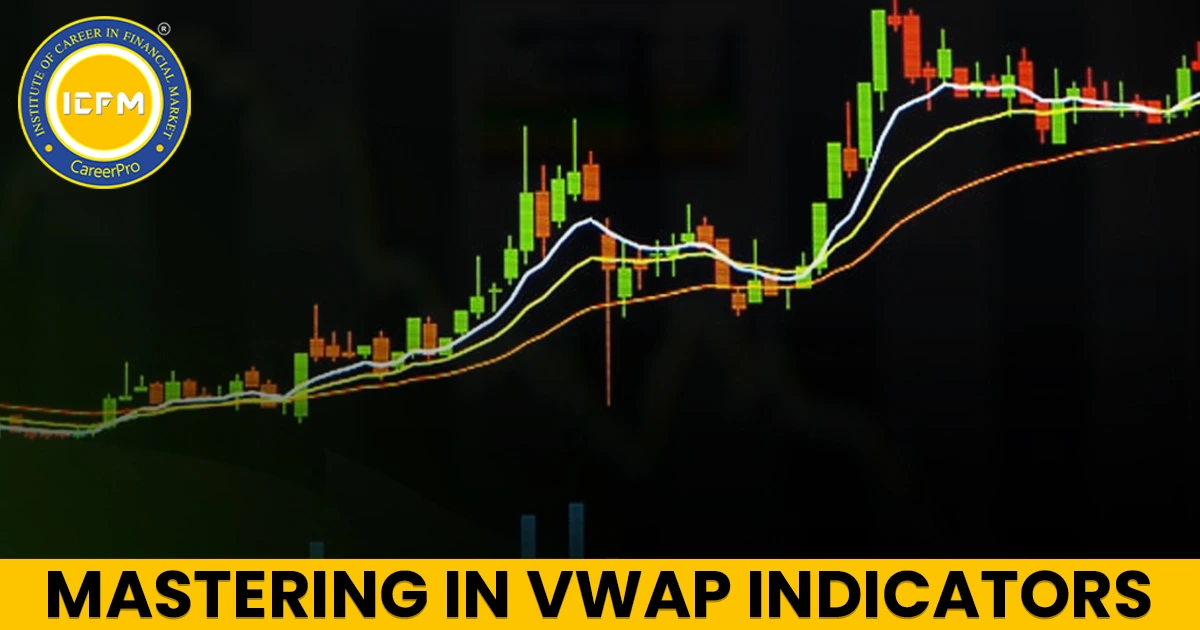The strength and weakness of Technical Analysis
Technical Analysis is mighty in the toolbox of investors when trading in the financial markets. With universal applicability among stocks, futures, commodities, forex, among other financial instruments, technical analysis can help determine entry and exit points based on price action. However, like all methods, it does have limitations and disadvantages. Let's dive into why technical analysis is important, its benefits, and how traders should watch out for the drawbacks.
Significance of Technical Analysis:
1. More than stock : Generic Applicability
Technical analysis is not exclusive to the stock trader. However, its principles can be applied to a wide variety of instruments. Be it commodities, fixed income, or currency pairs, technical analysis enlightens about every market, which thereby enhances the decision-making in diverse markets.
2.Focus on Price Action:
One of the fundamental postulates of technical analysis is that it is price-action-based. Although many fundamental changes prompt prices, technocrats feel that prices move ahead. In fact, past price patterns have antecedently forecasted as much as 6 to 9 months of economic change. If a person focuses on the price movements, he/ she will become aware of the future trends more clearly and will be able to navigate changes in the market.
3.Understanding Supply and Demand:
At its core, technical analysis is about supply and demand dynamics. In examining highs, lows, and closing values, the trader can observe trends and mood in the market. It is priceless—the three values layered tell you where demand will probably overtake supply (chance of rise) or where supply will probably outstrip demand (likely to go down).
4.Support and Resistance:
Technical analysts use charts to identify areas of support and resistance levels, where markets will likely consolidate. Breakouts from them suggest shifts in the market's emotion-the trader can receive crucial entry or exit signals.
5. A Historical Approach:
Charts are not just numbers; they tell stories. They illustrate historical price movements, volatility, and trading volumes, which help traders understand their impacts on previous events. It may be much easier to recognize trends through such an expression of data and make proper decisions.
(+)Strenghts of Technical Analysis:
1.Greater Timing:
Technical analysis helps to answer the question of when to buy. While the fundamental gives an idea of what to buy, TA can tell how the trade should be played in order to get the best returns.
2.Risk Management:
One of the greatest strengths of TA is that it can enforce discipline in a trade. Such discipline can help traders to better manage their capital and poised it for future chances.
3.Visual Clarity:
The graphic form of price history makes the data easiest to analyze. Among numbers and columns, traders can easily distinguish trends that are not readily apparent.
(-)Weakness of Technical Analysis:
Technical analysis has several disadvantages as well.
1.Analyst Bias: Technical analysis is subjective because analysts might bias their thinking. Analysts even personalized opinions might influence how they interpret a chart, hence skewed analysis.
2.Open to Interpretation: TA is an art-sciences blend, which means that different traders can draw quite divergent conclusions from the same chart. This can lead to conflicting strategies based on subjective judgment calls.
3.Timeliness Issues: Critics also point out that technical analysis can be non-proactive as opposed to proactive. A trend can only be identified once a substantial amount of price movement has already occurred, leaving one with limited access to gains.
4.Constant Reevaluation: Traders tend to be kept in limbo, awaiting the next important level that will confirm their analysis. That means indecision is wasted opportunities.
5.Trader's Remorse: Of course, not every pattern or indicator is reliable. What works on one issue does not necessarily work on another, and this can become frustrating.
Conclusion: The Balance of Technical Analysis
Technical analysis works by the Pareto principle, stating that 80% of market behavior is psychological and 20% logical. At least in a basic consensus, where others may disagree, there lies an absolute fact: price is bottom line, reflecting collective knowledge and sentiment of all market participants.
In mastering technical analysis, the trader has to live through its strengths and weaknesses. Of course, one of the huge assets of technical analysis is that it can be very effective in managing risk and making decisions; however, it is subjective. More importantly, one has to recognize the potential pitfalls of misinterpretation. A disciplined approach and sharp analytical skills can make all the difference between being a beneficiary and a victim of technical analysis.
What you should bear in mind as you embark on trading is that it's always greater to control the risk than to make money. Remember that your capital is your chance, and if you approach technical analysis thoughtfully, you will really use it.









